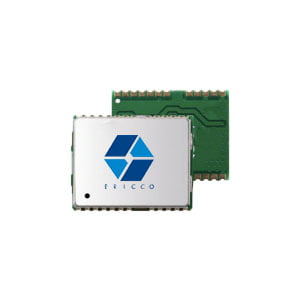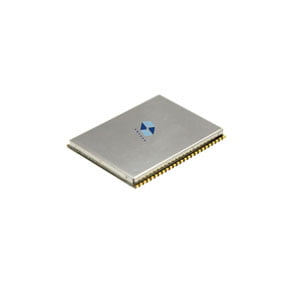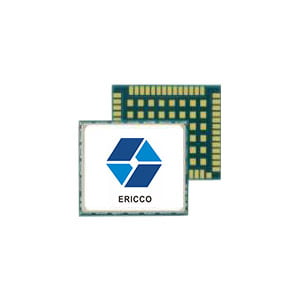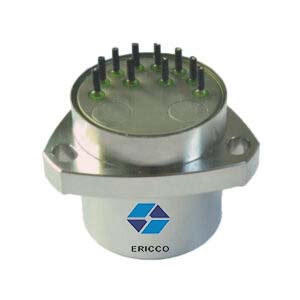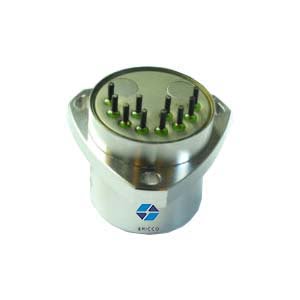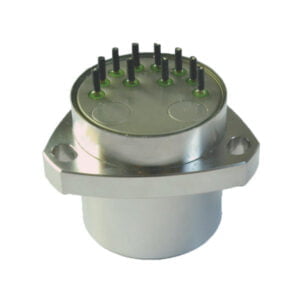Global Navigation Satellite Systems (GNSS) have revolutionized the way land vehicles navigate and operate, offering unparalleled accuracy and reliability in positioning, tracking, and control. From the early days of GPS to the present era of multi-constellation GNSS receivers, the integration of satellite navigation technology has transformed land vehicle systems across various industries. This article introduces the implementation issues related to GNSS for land vehicle applications.
1. Evolution of GNSS Integration in Land Vehicle Systems
Since the inception of GPS, it was envisioned that GNSS receivers would facilitate positioning in motor vehicles. By the early 1990s, GPS receiver technology had progressed to a stage where products operated dependably in automotive settings, and costs had decreased significantly, enabling widespread adoption.
Currently, GNSS are integral to automotive systems, serving purposes such as vehicle location, tracking, control, navigation aid for drivers, and Advanced Driver Assistance Systems (ADAS).
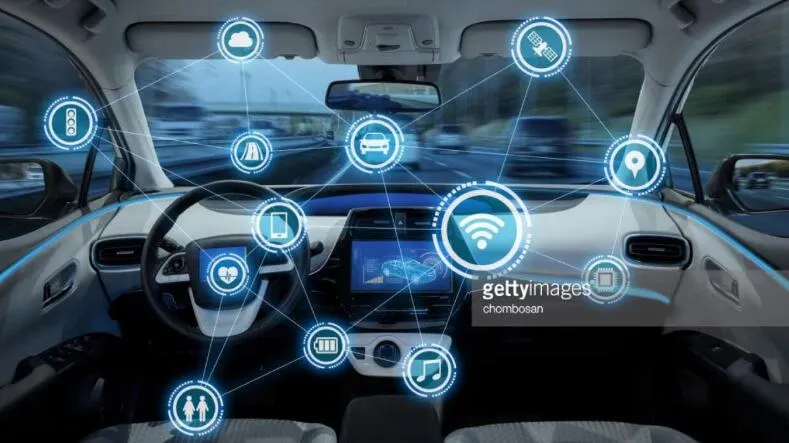
2. Versatility of GNSS in Land Vehicle Systems
In numerous land vehicle applications, GNSS positioning offers satisfactory accuracy and coverage. For instance, vehicle tracking systems employed in asset management or delivery operations generally do not necessitate positioning within tunnels and parking garages; hence, GNSS without augmentation offers ample coverage.
Precision monitoring and control systems on heavy equipment or farm implements utilize carrier phase tracking and differential GNSS techniques, with additional sensors typically unnecessary unless vehicle platform attitude proves crucial for the application.
2.1 Navigation
Vehicle navigation systems are available on most vehicle models in the market today. The purpose of these systems is quite simply to help a driver get to a destination as quickly and/or efficiently as possible. A generic vehicle navigation system architecture is depicted in Figure 2.
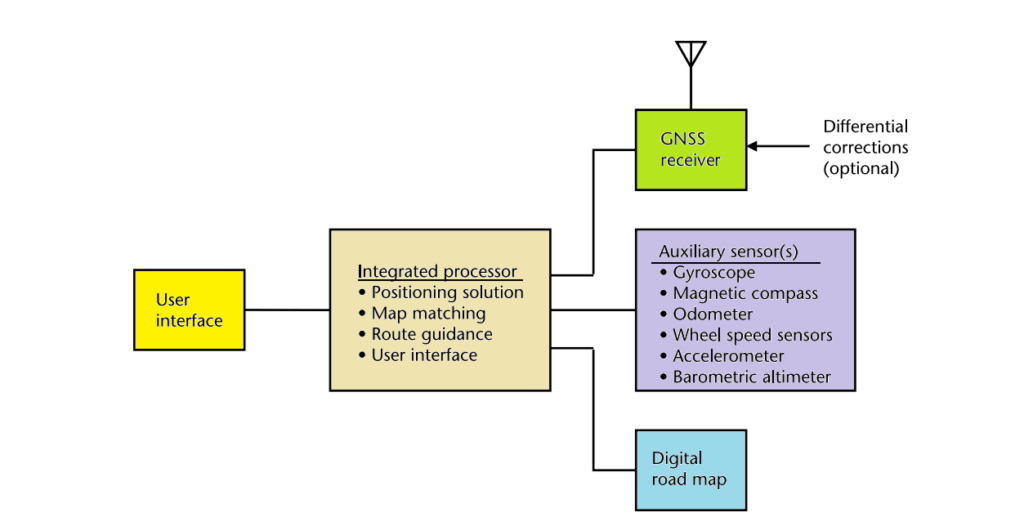
Major components include a user interface to enter a destination, a GNSS receiver or GNSS module to determine the absolute position of the vehicle, possible auxiliary sensors for augmenting the positioning solution, access to a digital map database for planning routes and determining maneuvers, and means to present the directions to the driver by voice, graphics, or both via the user interface.
Access to digital map data is essential for route planning and guidance and when available in the vehicle, may also be used to improve the positioning. GNSS is used for positioning in every vehicle navigation system on the market. Differential GNSS corrections may be provided and applied to improve the positioning accuracy of the solution.
2.2 Vehicle Tracking
There are many diverse applications that involve vehicle tracking, most of which use GNSS for positioning. In vehicle tracking applications, the position of the vehicle is determined and then is sent via wireless data connection to a centralized monitoring facility or fleet dispatcher. A typical vehicle tracking system architecture is shown in Figure 3. Like the navigation system, the tracking system has a GNSS receiver, auxiliary sensors and a computer processor to control the components and calculate the optimized position solution.
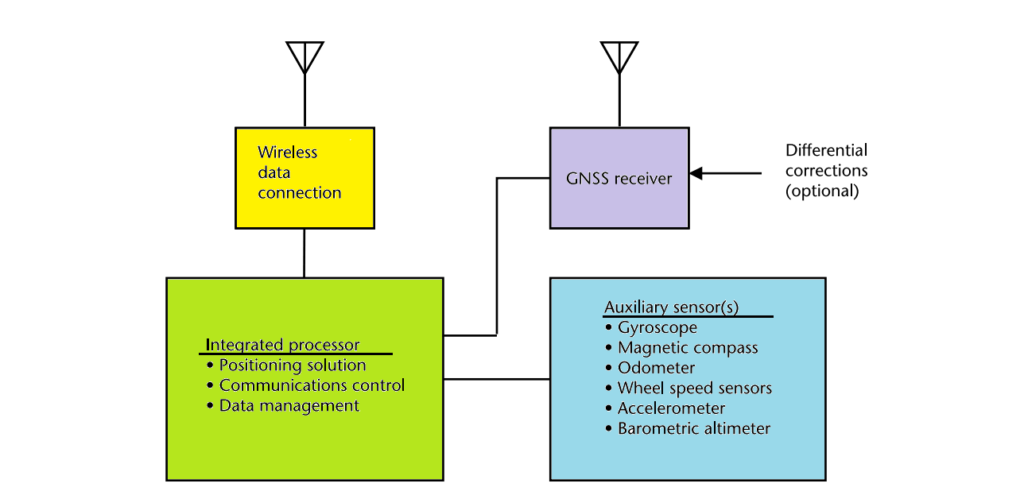
In addition, there is a wireless data radio for communicating the vehicle position data and possible status to the central monitor. At the central monitor, the vehicle position and other attributes may be displayed or overlaid on a digital map. The digital map can also be used to lookup the nearest street address, a process known as reverse geocoding.
There are many wireless technologies that may be used as the data radio including cellular data networks, satellite links, and private radio networks. Some systems track the vehicles on a continuous basis with position reports broadcast at certain intervals, while other systems are designed to record data to be uploaded periodically or on demand.
Enterprises that own or operate fleets of vehicles (e.g., taxis, delivery trucks, service vehicles) use vehicle tracking systems to monitor the usage of the vehicles and improve efficiency in logistics through optimum dispatching. Public safety departments (police, fire, ambulance) use vehicle tracking to reduce call response time and to locate workers in the case of distress calls.
The ER-GNSS-M06 navigation positioning module is a dual-band GNSS navigation system tailored for vehicle navigation applications. In addition to its primary function, it incorporates a built-in MEMS IMU (Inertial Measurement Unit), enabling continuous positioning even in challenging environments such as tunnels and underground garages. More importantly, the GNSS module also showcase remarkable improvements in TTFF. For instance, its cold start duration is impressively short, ranging between 0 and 30 seconds.
2.3 Emergency Messaging and Telematics Systems
Individual vehicles can be located in emergency situations using GNSS and wireless communications. These emergency messaging systems, also known as telematics systems, are offered by many automobile manufacturers today. A generic emergency messaging system architecture is shown in Figure 4.
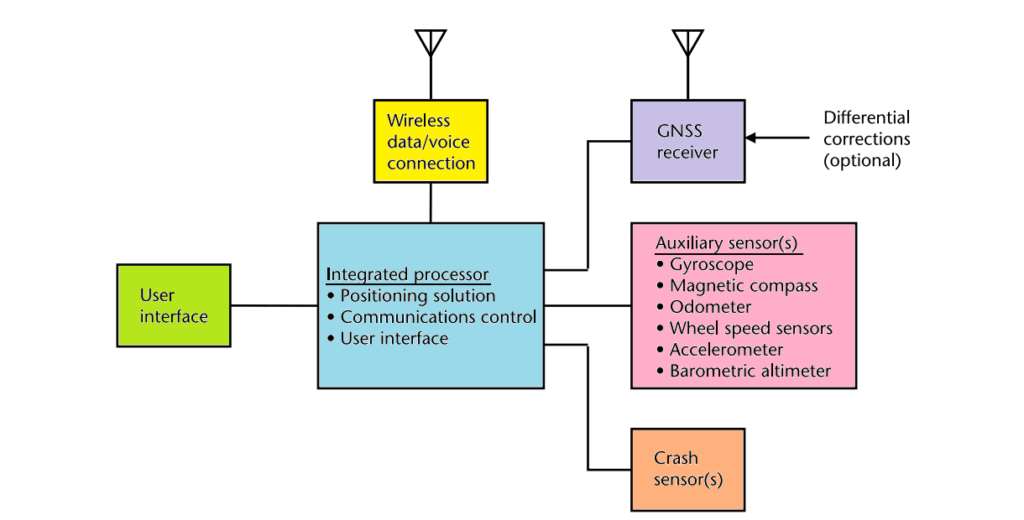
Typically, these systems use a cellular phone for wireless data communications because of the dual purpose voice and data capabilities, extensive coverage throughout most developed countries, and relative low cost. These devices are connected to vehicle systems and/or to the vehicle bus and can notify a service provider automatically when an airbag is deployed or some other crash sensor is triggered.
The user interface includes one or more buttons to activate the system, a hands-free voice call capability, and may also include a display to indicate status. The GNSS position of the vehicle is sent via the cellular data connection so that emergency services or other assistance can be sent to the exact location of the vehicle. These devices are also used for roadside assistance, theft tracking, and direction assistance and navigation.
3. Augmenting GNSS Solutions
GNSS augmentation technologies include SBAS, DGNSS, PPP, and RTK, which aim to improve the accuracy, reliability, availability, and integrity of GNSS signals.
Among these approaches, RTK and PPP provide better accuracies compared to DGNSS and stand-alone GNSS positioning - when introducing the corrections from augmentation systems such as SBAS - as required in the majority of surveying applications. The choice between PPP and RTK is then made based on the required level of accuracy, time constraints, and availability of specific equipment in different surveying applications:
- RTK is the best choice when the intended application requires the best possible accuracy.
- Where time is a concern, RTK can achieve centimeter-level accuracy considerably faster than PPP.
- The achieved accuracy from RTK positioning is highly dependent on the distance to the base receiver. If the RTK baseline is extended, both accuracy and initialization time are ceded.
- RTK is more expensive and more complex to set up.
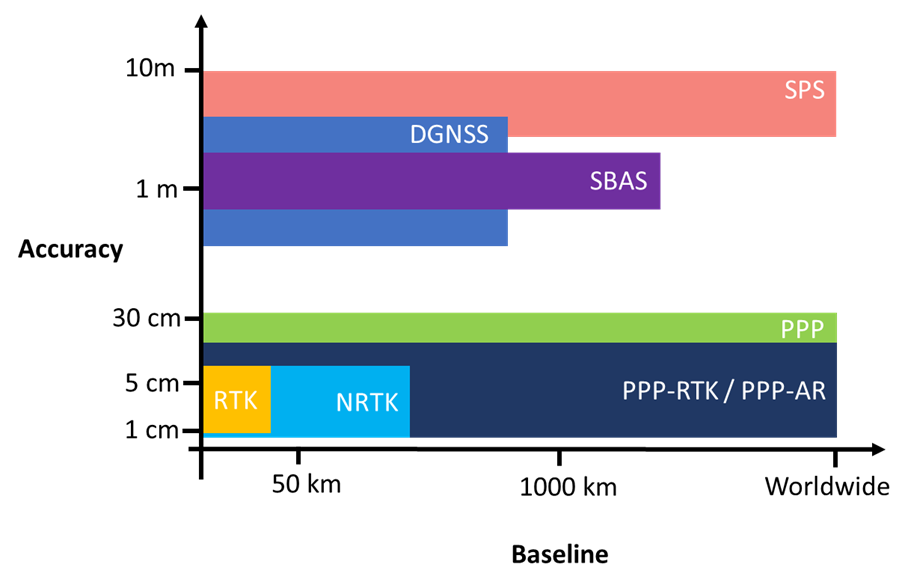
Detailed solutions are discussed in the article Precision Mapping in Mining Operations: The Role of GNSS Augmentation Technology, you may have a quick view.
4. Conclusion
In conclusion, maximizing GNSS applications in land vehicles offers a myriad of benefits, ranging from improved navigation and tracking to enhanced vehicle operations and efficiency. With ongoing advancements in technology and innovation, GNSS integration will continue to drive transformative changes in the automotive and transportation industries, ushering in a new era of intelligent and connected mobility.
I will appreciate it if you find this article helps you a lot. Read the following articles to get more information about GNSS.
More Technical Questions
1. 5 Proven Methods to Ensure Your GNSS Security
2. Enhance Navigation Accuracy: Advancements in GNSS INS Integration
3. Analysis of Spoofing Detection and Mitigation Techniques for GNSS
4. Failure Mode Analysis of Quartz Flexure Accelerometer
5. Improvement of Temperature Stability of Quartz Flexible Accelerometers
6. Quartz Accelerometers Advance Petroleum Logging Precision
Products in Article
